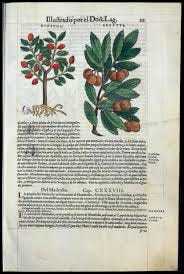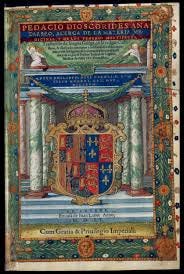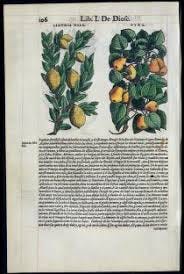CLINICAL QUICK REFERENCE / THE SUPPLEMENT GUIDE
"De Materia Medica:" An Ancient Pharmacopoeia of Medicinal Plants
Dioscorides was a Greek physician and pharmacologist (he is considered the father of pharmacology). Between 50 and 70 CE, he penned a five-volume work known as De Materia Medica. The treatise is considered the foremost classical source for modern botanical terminology and a leading pharmacological resource for over 16 centuries.
Dioscorides’ work as a surgeon with the armies of Roman emperor Nero facilitated his study of the medicinal properties of numerous plants and minerals. It is widely believed that he received his medical training in Alexandria.
In the 10th century, during the times of ʻAbd al-Rahman III (891-961), caliph of Cordova, “De Materia Medica,” was translated into Arabic. In Arabic, the work is usually known as the "Kitāb al-Mawādd al-'Ilāj." ("Kitab" is an Arabic word meaning "book," or, "script.”) The term "kitāb" appears many times in the Quran, as it is said to reference the divine activities of recording and writing down all that has been created.
In 1518, at the Escuela de Traductores de Toledo (the School of Translators of Toledo), Antonio de Nebrija made the first translation of the work in Spain into Latin.
In 1555, in the city of Antwerp (present-day Belgium, then ruled by Spain), publisher Juan Lacio (circa 1524--66) developed a Spanish translation from the Latin, made by Andrés Laguna, the physician of Pope Julius III.
On his frequent trips to Rome, Laguna consulted a variety of codices as well as books on medicinal plants produced in Venice by the herbalist Pietro Andrea Matthioli. His version of the work continued to be edited and perfected until mid-18th century, and in the 19th century a facsimile copy was produced.
Laguna’s edition contains a total of 600 images depicting plants and animals, with the names of species shown on the carefully finished pages in several languages.
Read more and view the plates here at the Library of Congress website:







